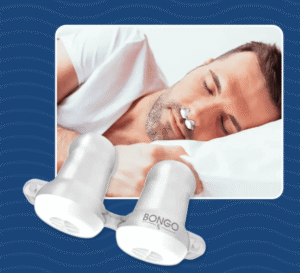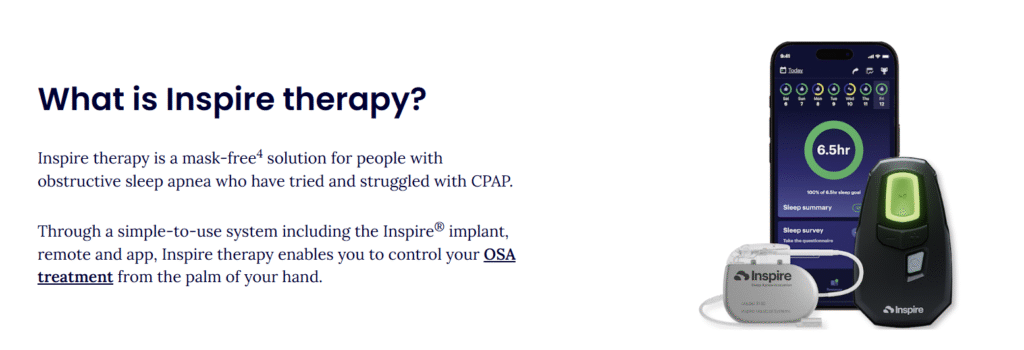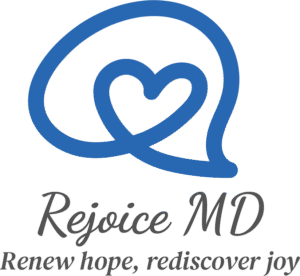Sleep apnea is a common—but often overlooked—sleep disorder that interrupts breathing during sleep. If left untreated, it can significantly impact your health and quality of life. Here’s a comprehensive guide to understanding sleep apnea, from its signs and testing methods to a range of treatment options tailored to severity levels.
1. What Is Sleep Apnea?
Sleep apnea causes repeated pauses in breathing during sleep. The most common form, obstructive sleep apnea (OSA), occurs when the throat muscles relax and block the airway. Other forms include central sleep apnea, where the brain’s signaling is impaired, and complex sleep apnea, a mix of both types.
2. Signs & Symptoms of Sleep Apnea
Look out for:
- Loud snoring or gasping/choking during sleep
- Daytime fatigue or excessive sleepiness
- Morning headaches
- Difficulty concentrating, mood changes, or irritability
- Dry mouth or sore throat in the morning
These symptoms may seem harmless, but they warrant evaluation.
3. Risks of Untreated OSA
Left unchecked, OSA increases risks for:
- High blood pressure and heart disease
- Stroke
- Type 2 diabetes
- Daytime accidents due to drowsiness
- Cognitive issues and mental health decline
Thankfully, diagnosis and treatment can significantly reduce these risks.
4. Sleep Study Options: Home vs. Lab
Home Sleep Apnea Test (HSAT)
- Convenient and done in your own bed
- Measures breathing rate, oxygen levels, and heart rate
- Best for moderate–high likelihood of OSA


We use FDA cleared home testing devices for accurate and reliable reporting.
In-Lab Polysomnography (PSG)
- Conducted overnight at a sleep center
- Monitors brain activity, oxygen, breathing, heart rate, leg movements
- Crucial for complex or unclear cases
Your doctor will recommend the appropriate test based on your symptoms and medical history.
5. Treatment Options by OSA Severity
Mild OSA
- Lifestyle Changes: Sleep on your side, avoid alcohol and sedatives before bed, and practice good sleep hygiene.
- Positional Therapy

Devices or special garments prevent back-sleeping, which worsens OSA apriadirect.com.
- Weight Loss: Even modest weight loss improves airway function.
- Weight Loss Medications: First ever FDA approved medication for treating OSA – Zepbound..
Mild–Moderate OSA
- Oral Appliances: We collaborate with local sleep dentists to get you a custom made oral appliance to treat your sleep apnea
- Bongo Rx (EPAP Device): A small, FDA-cleared nasal device that uses your exhaled breath to maintain airway pressure—ideal for those intolerant to CPAP or frequent travelers bongorx.com.

The Bongo Rx is a small Expiratory Positive Airway Pressure (EPAP) device you wear under your nose. It uses your own exhaled air to gently pressurize the airway, eliminating the need for machines or electricity
- eXciteOSA®:
Moderate–Severe OSA
- CPAP (Continuous Positive Airway Pressure): The gold standard involves wearing a mask that provides steady airflow to keep airways open.
- Inspire®: A mild electrical implant that stimulates throat muscles to prevent airway collapse—an option for those who can’t tolerate CPAP.

6. Summary: Steps Toward Better Sleep
- Recognize the symptoms and assess the risk.
- Undergo a sleep study—home or lab-based.
- Determine OSA severity with your provider.
- Select a tailored treatment, from lifestyle changes to medical devices.
- Follow-up and fine-tune therapy based on results and comfort.
Take the First Step
Don’t wait to address sleep apnea. At Rejoice MD, we offer personalized testing—home and in-lab—along with full access to treatments like oral appliances, Bongo Rx, eXciteOSA®, CPAP, and Inspire®. Reach out today to schedule a sleep evaluation and begin your path to restorative, healthy sleep.

